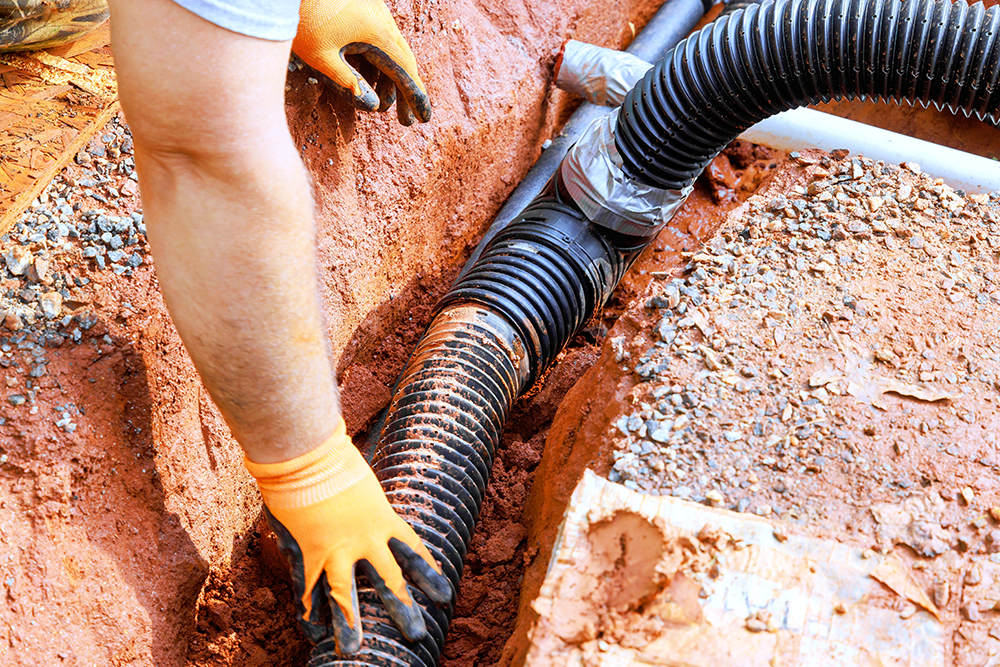7 Key Steps In Site Preparation For Construction Projects

Site preparation for construction is a foundational step in ensuring safe, stable, and durable structures. This process involves a series of essential stages, each one setting the groundwork for a successful build. From assessing soil stability to grading and clearing the land, every step plays a significant role in preparing a construction site that will support the project’s requirements.
Coleman Environmental Engineering, LLC provides comprehensive support in environmental engineering and site preparation, ensuring that each phase is completed with precision to create a safe and reliable foundation.
Understanding the Importance of Site Preparation
A well-prepared construction site contributes to the stability and longevity of a structure. Effective site preparation minimizes potential risks related to soil movement, drainage issues, and structural integrity, while also ensuring that the site complies with environmental regulations and safety standards.
By investing in quality site preparation, project managers set the stage for a smoother, safer construction process that reduces the likelihood of costly delays or unexpected repairs down the line.
The steps in site preparation vary depending on factors like location, soil type, and intended use of the land. However, the fundamentals remain consistent: clearing, leveling, stabilizing, and testing to establish a suitable base for construction.
Let us explore each of these essential steps.
Step 1: Site Assessment and Planning
Site assessment is the first step in preparing a construction site. This involves an evaluation of the area’s topography, soil type, drainage patterns, and environmental factors that could impact the project. A comprehensive site assessment reveals any limitations or potential challenges that may arise, such as weak soil composition or water retention issues, which could affect the stability of the structure.
Site planning, based on the findings of the assessment, helps determine the specific preparation techniques needed for the project. By identifying these elements early on, project teams can develop a detailed plan that addresses these factors from the start, creating a more streamlined approach to site preparation.
Step 2: Clearing and Grubbing
Clearing and grubbing involve the removal of vegetation, rocks, debris, and other materials that could interfere with construction. This step is essential for creating a clean slate for site preparation. Trees, brush, and other obstacles are removed to make way for grading and excavation. In cases where larger or older trees are present, specialized equipment may be needed to safely clear the land without disturbing the surrounding area.
Once the area is cleared, grubbing addresses any remaining roots or organic materials below the surface. Proper grubbing prevents future ground settling, which could compromise the foundation of the structure. This step also mitigates the risk of pest infestation by removing decaying organic matter from the site.
Step 3: Soil Testing and Stabilization
Soil testing is critical to understanding the composition and strength of the ground. Different soil types respond uniquely to weight and weather conditions, and some soils may require treatment or stabilization to support the intended structure. Tests may include checking for soil density, moisture content, compaction levels, and the presence of any contaminants.
If the soil lacks stability or strength, soil stabilization techniques, such as compaction or the addition of stabilizing agents, may be used to reinforce it. Coleman Environmental Engineering, LLC provides expertise in ecological restoration to ensure that each site has the structural integrity required for a stable foundation.
Step 4: Excavation and Grading
Excavation and grading are essential for shaping the site according to the project’s design specifications. Excavation involves digging and removing soil to create the necessary depth for the foundation and other structural elements, while grading ensures that the site is level and has proper drainage slopes. Correct grading helps prevent water accumulation around the foundation, which can weaken the structure over time.
Grading also plays a role in shaping the landscape to support pathways, driveways, and other features that require a flat surface. Effective grading not only prepares the site for construction but also contributes to the long-term safety and functionality of the finished structure.
Step 5: Drainage Solutions
Proper drainage is vital for preventing water accumulation around the foundation, which can lead to structural issues like cracking or erosion. In this step, site preparation teams may install drainage channels, pipes, or catch basins to direct water away from the building area. For sites prone to heavy rainfall or water retention, advanced drainage solutions can be integrated to ensure that water flows away from the structure.
Effective drainage solutions are particularly important for larger commercial sites or areas with challenging topography. By addressing drainage during the preparation phase, construction teams can mitigate risks and prevent costly water-related issues in the future.
Step 6: Installing Erosion Control Measures
Erosion control is another key aspect of site preparation, especially on slopes or in areas susceptible to wind and rain erosion. Measures such as installing silt fences, using erosion control blankets, or planting ground cover help stabilize the soil and prevent erosion during and after construction.
Erosion control not only protects the construction site but also contributes to environmental sustainability by minimizing sediment runoff into nearby water sources. Taking these precautions at the preparation stage is essential for maintaining the integrity of the soil and surrounding environment.
Step 7: Final Inspection and Site Preparation Review
Before construction begins, a final inspection of the prepared site is conducted to verify that all steps have been completed according to plan. This inspection ensures that grading, drainage, erosion control, and stabilization measures are in place and meet the required standards. Any remaining debris or obstacles are cleared, and the site is double-checked for potential safety hazards.
For large projects, a thorough review may include additional tests to confirm soil compaction, drainage efficiency, and structural stability. This final step provides assurance that the site is ready for the next stages of construction, reducing the likelihood of future issues.
Why Professional Site Preparation Matters
Professional site preparation goes beyond just clearing and leveling land; it requires a deep understanding of soil mechanics, environmental factors, and engineering principles to ensure that the site is safe and stable. Certified specialists apply proven methods to handle each aspect of preparation, from soil stabilization to drainage design, ensuring that every detail is addressed.
At Coleman Environmental Engineering, LLC, we integrate our knowledge in environmental planning to support comprehensive site preparation projects. This approach enables us to deliver safe, reliable foundations that support the success of each construction project.

